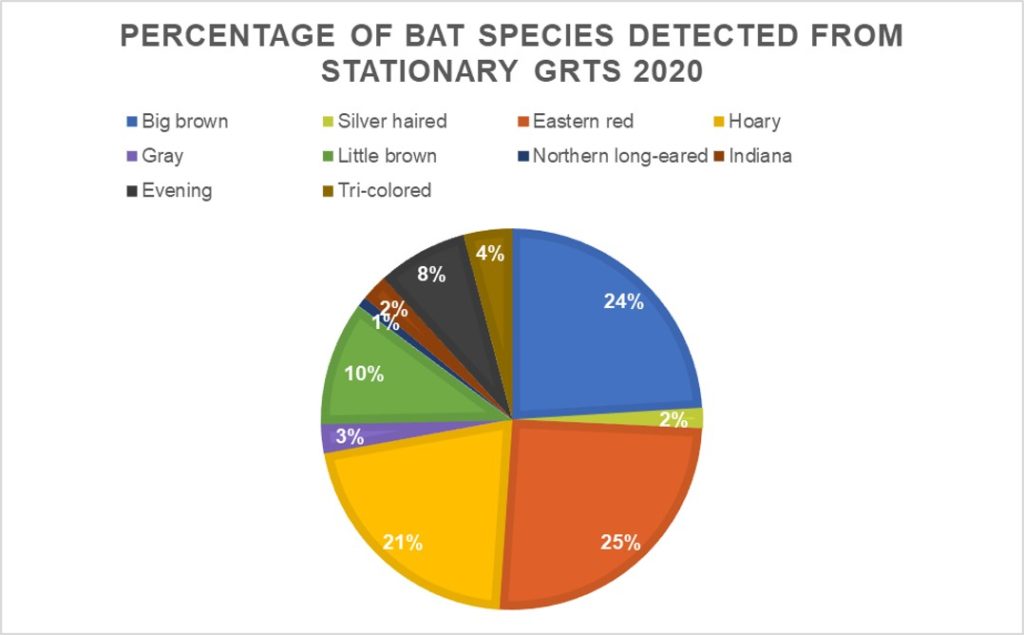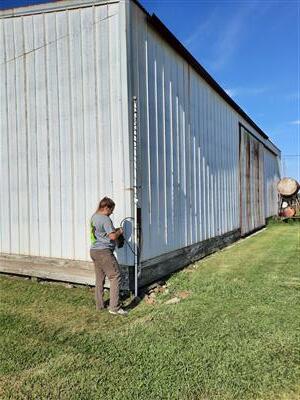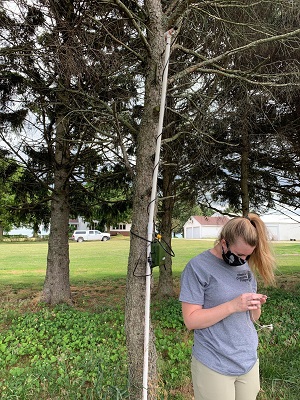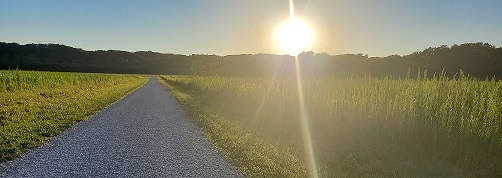This field season has certainly been a strange one! COVID-19 postponed our field work a few months later than when we would normally start. For the safety of our crew, we decided to postpone mist netting until 2021. We were able to successfully complete our 20 acoustic GRTS (NaBat survey cells) with the help of the IDNR and are currently in the data processing stage and looking forward to evaluating our findings from this year. We have about 3.7 TB worth of data that we collected so far in 2020! After acoustic calls were run through Kaleidoscope Pro (one of the software programs we use to detect and identify bat calls), the Auto ID detected a total of ten species in the GRTS, with almost half the calls belonging to big brown and eastern red bats (see pie chart below). In the winter we will manually vet certain species’ calls to make sure we are confident they are correctly identified.

We received numerous guano samples from our community science project this year! From these samples, we are beginning to extract DNA, which can tell us a lot about the bats inhabiting the roosts. Specifically, using modern genetics, we can determine not only the species and sex of bats using roosts, but we can even analyze their diets. We are looking forward to analyzing those samples and informing our participants what species are using their roosts!
Bat Week 2020 (October 24-31) is approaching! Be on the lookout for some virtual presentations, activities, and other information! To learn more please visit https://batweek.org/
Goodbyes to former grad students:
We said goodbye to graduate student Ashleigh Cable as she graduated and is now working on her PhD at the University of Tennessee. We wish her the best of luck and thank her for all the hard work she’s done for IBCP. The first paper from Ash’s thesis research with IBCP was published last week: Habitat suitability and connectivity modeling reveal priority areas for Indiana bat (Myotis sodalis) conservation in a complex habitat mosaic, can be found here https://www.researchgate.net/publication/344409050_Habitat_suitability_and_connectivity_modeling_reveal_priority_areas_for_Indiana_bat_Myotis_sodalis_conservation_in_a_complex_habitat_mosaic
We hope you are all doing well during this strange time and as always, please reach out if you have any questions about bats or our program!



